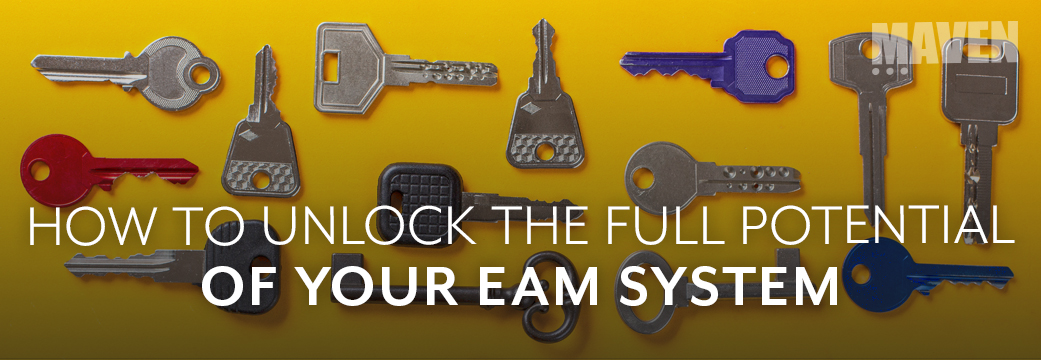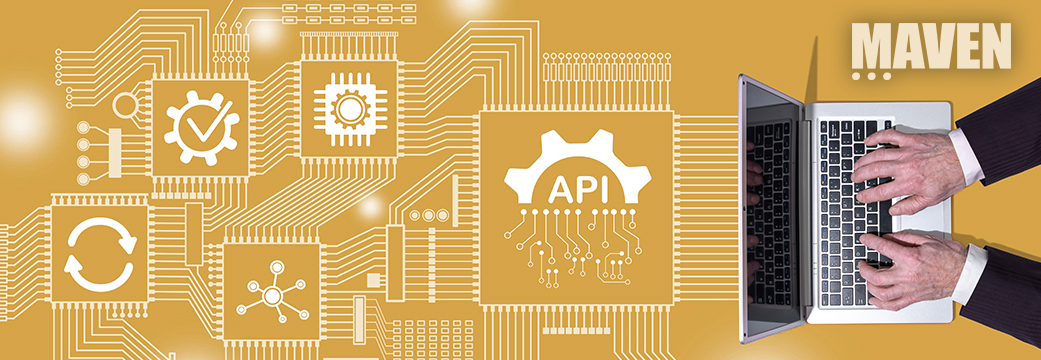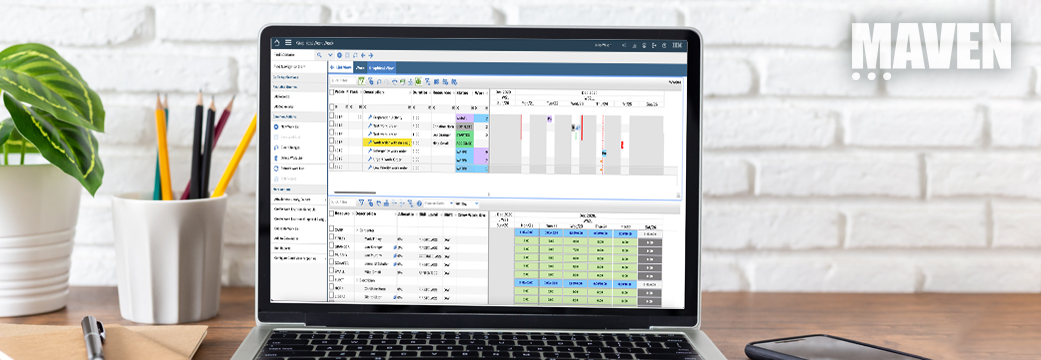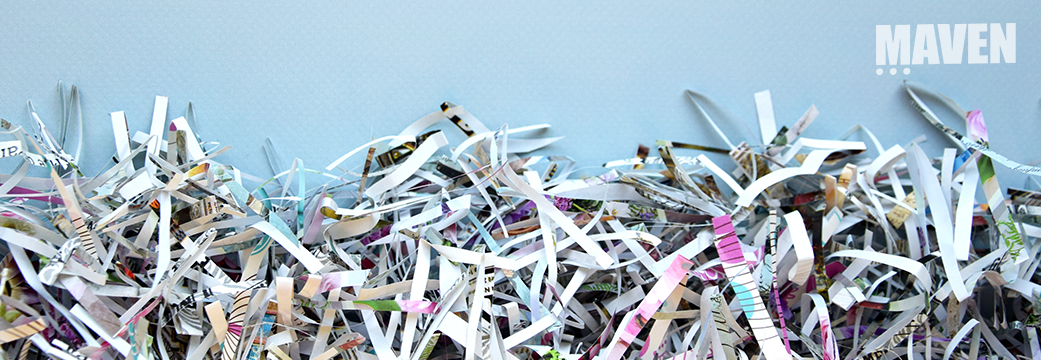Too many years ago, I was involved with the research and purchase of a CMMS to help the organization I was working for improve maintenance and reliability.
We were using a home-grown system that was not cutting it for our multi-site operation.
Assets were not properly identified; we had no history of the assets except for the local knowledge of some of the more seasoned employees. We had duplicate work orders across the board, which was an indicator for me that the work might not be getting done. And if it was, it was not being recorded. The maintenance practices were basically firefighting. The data we had was an absolute mess! I saw opportunities for improvement everywhere I looked.
Our inventory was also less than perfect. We had no idea what we had or where we had it. As a result, we relied heavily on P-Cards for acquiring materials to complete our work. P-Cards can come in handy, but when used as the primary purchasing mechanism, it was difficult to track what we had, let alone apply costs to our work. The true cost to maintain an asset was guess work.
Reports – forget about it. The few reports I had could not be trusted due to bad data.
KPIs and Metrics – I knew what we should be looking for, but based on what we had in our system, they were harder to find than Bigfoot.
Formal processes did not exist, and everyone was doing their own thing. Consistency was not even a dream.
Repair vs Replace was covered by a fancy algorithm that existed in someone’s mind.
Classification of assets was simple. An asset was either an asset or it wasn’t.
Prioritization of work did not exist. Everything was Urgent or Super Urgent.
PMs were printed on the 1st of the month regardless of what was done with the last PM. At least we had PMs.
Many PMs, however, were useless, written for assets that no longer existed.
For the most part, the Job Plans that did exist were also useless
The only planning and scheduling that was done was who was going to get lunch and from where.
If any of this sounds familiar, the good news is there is plenty of room for improvement. The first step is to admit you have a problem.
What connects the dots? PEOPLE, PROCESSES, and DATA.
What I found in the process of researching, procuring, and implementing a new EAM (Maximo) would apply to many more implementations across many industries in the years to come. If you want to improve the use of your EAM, whether it is an upgrade, an improvement effort, or a replacement of an older system, the following three things will be the foundation of your continuous improvement efforts, and they will help you achieve your desired state of maintenance.
1. People. You need to identify an owner who will be responsible for the use of the system, and you need to define roles and responsibilities for all resources.
2. Processes. You need to define and document your processes.
3. Data. You need to improve your data by defining data governance strategies.
Sounds simple, but it does get complicated. Without accurate data, you are making decisions in a vacuum. You can get lucky, but the decisions don’t always work out as planned. Without defined processes, how do you know what you’re doing is right and aligned with what is expected? Without a responsible owner with responsibilities clearly defined up and down the chain of command, nothing will change.
I submit that if you work on ownership and responsibilities, your processes, and your data, most of the other stuff will fall into place.
People
People are considerably our most valuable resources. We need to make sure all our people understand the overall goals of the organization. We also need to make sure they understand why we are asking them to do what we are asking them to do. If our people are just being told to make a change, they may not accept it well. Roles and responsibilities need to be documented and communicated.
Start by identifying a corporate stakeholder. For me, this was a decision from the top and was a major initiative that was aligned with corporate goals. If you don’t have backing from the top, change will be difficult. Roles and responsibilities need to be defined so that decisions can be made based on the strategic goals. A solid training plan must be developed so that all who are involved understand their roles and how their actions are part of the overall improvement initiative and strategic objectives. I was told in a previous role about a radio station called WIIFM – What’s In It For Me. We need to make sure everyone understands their role and how and why the change will benefit them.
Communications are crucial to success. For any changes that are introduced, communication of the change will help the resources understand what is coming and it gets them ready for it. I have heard more people say they wish they had a better communication plan in place. I have not heard someone say they over communicated.
Processes
I am a firm believer in well-defined and documented processes for anything we do. I am also a firm believer in standardization of processes across the board with a regular review, feedback, and updates. These processes should cover asset lifecycle, work management, reliability, and inventory management. We also need to have a solid data management plan and strategy in place. These processes should be readily available to all and can be used to develop a training program for new employees as well as refresher training for existing employees.
For Asset Lifecycle processes, at a minimum we should be looking at the following:
- Acquisition (design, construction, commissioning)
- Operations
- Maintenance
- Decommissioning/Replacement
For Work Management processes, at a minimum, we should be looking at the following:
- Work Identification
- Work Planning
- Work Scheduling
- Work Execution
- Work Completion
For Reliability processes, at a minimum, we should be looking at the following:
- Vision and Strategy
- Cross-functional Teams
- Failure Investigations, FMEA, RCA
- Criticality Analysis
- Measures and KPIs
- Roles for Maintenance and Operations
For Inventory Management processes, at a minimum, we should be looking at the following:
- Purchasing
- Issues and Transfers
- Returns
- Receiving
- Cycle Counts
- Reordering
Data
Edwards Deming once said, “In God we trust. All others, bring data.” Data should be treated as an asset in and of itself and can be considered a competitive advantage if managed properly. This is where a proper data strategy that is aligned with organizational goals and objectives is critical. Can you trust your data as it is today? That is a difficult question, and you need to be brutally honest when answering. Think of it this way, when you run a report, can you take that report to the bank? Or do you update some data here and there and rerun the report. What about exporting the data to excel and manipulating it so that you are more comfortable with it. With technologies that are improving every day, we can generate and collect more and more data. If we are collecting the right data and we have a solid data strategy, we can start to trust the reports and KPIs that we generate.
A good data governance plan ensures we identify what data we will capture against our process and how we will manage that data so that our reporting can be trusted. It will also identify a method for analyzing the data to keep it fresh and up to date.
Conclusion
We are in the fourth industrial revolution (Industry 4.0), where technology is supposed to make things easier and more efficient. Our assets are supposed to tell us when something is wrong, and our EAM systems are supposed to tell us what to do about it. If our people do not understand why we are doing what we are doing, our processes are not quite right (or don’t exist), and our data is not good, the digital transformation may result in a glitch in the network. On the other hand, alignment of people, processes and data will help you to unlock the full potential of your EAM system.
Let Maven Asset Management show you how to make the most of your EAM program. Contact the author by email mmidas@mavenasset.com.
Expert Profile:


 Matt Midas, Director of Business Development, Maven Asset Management
Matt Midas, Director of Business Development, Maven Asset Management




